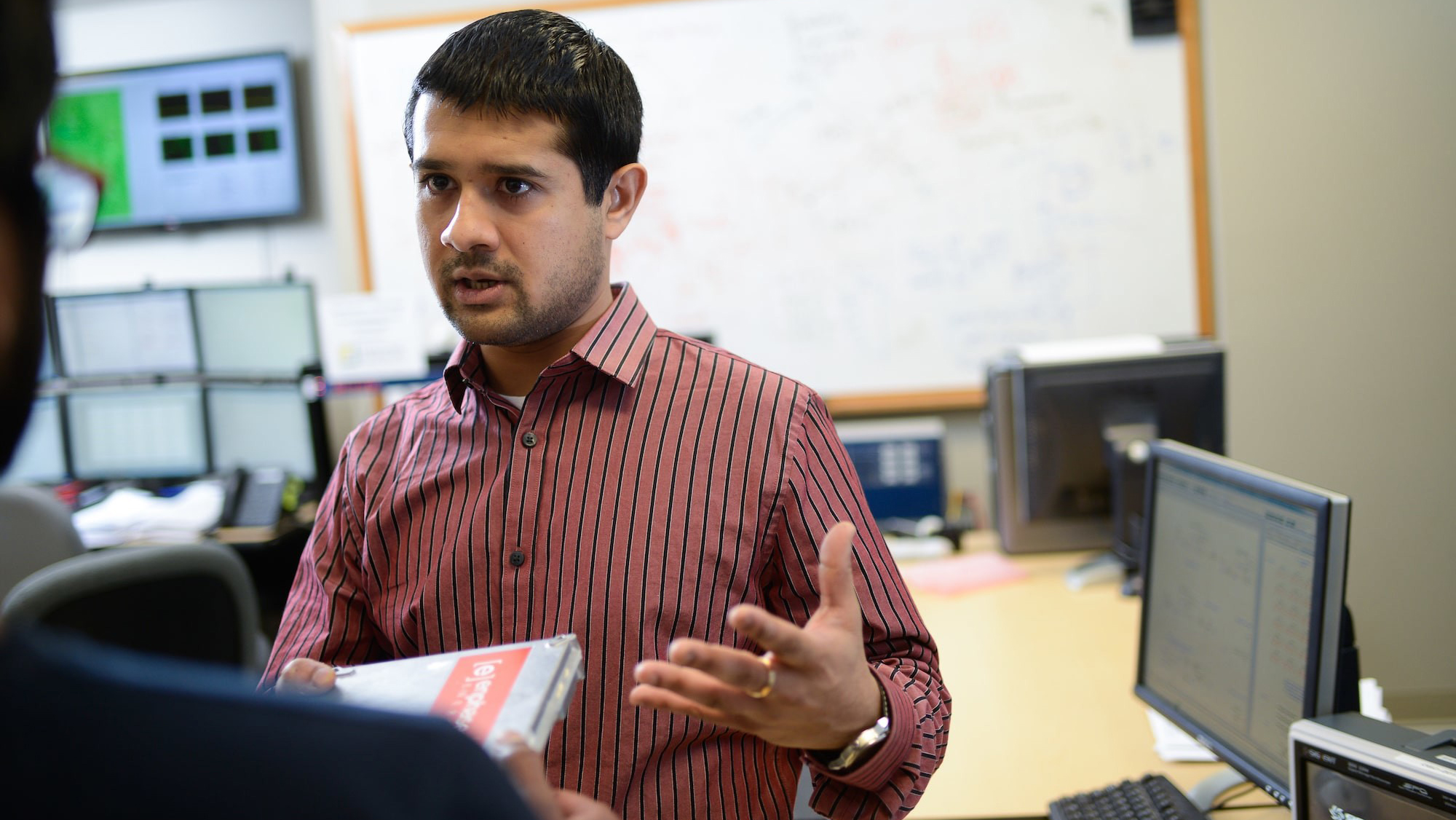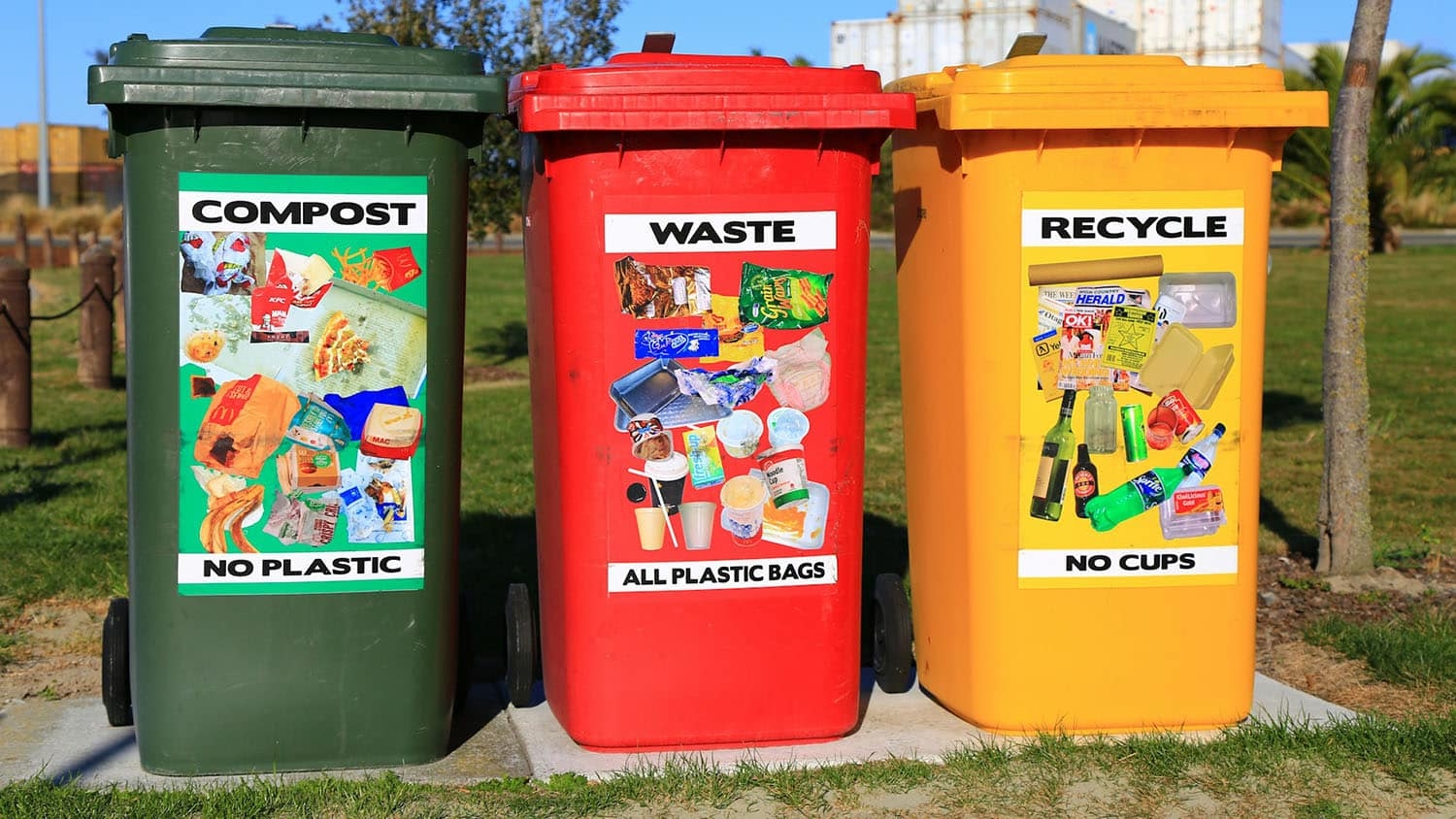New technology uses electricity to track water, ID potential problems in concrete

Slow drips can lead to large headaches. That’s why researchers from NC State and the University of Eastern Finland have developed a new technique for tracking water in concrete structures — allowing engineers to identify potential issues before they become big problems.
“When we think about construction — from bridges and skyscrapers to nuclear plants and dams — they all rely on concrete,” says Mohammad Pour-Ghaz, an assistant professor of civil, construction, and environmental engineering and lead investigator on the project. Tracking concrete degradation is essential to public safety, and the culprit behind concrete degradation is water. Water contributes to the degradation by itself, or it can carry other chemicals — like the road salt used on bridges — that can expedite corrosion of both concrete and its underlying steel reinforcement structure.
“We have developed a technology that allows us to identify and track water movement in concrete using a small current of electricity that is faster, safer and less expensive than existing technologies — and is also more accurate when monitoring large samples, such as structures,” Pour-Ghaz says. “The technology can not only determine where and whether water is infiltrating concrete, but how fast it is moving, how much water there is, and how existing cracks or damage are influencing the movement of the water.”
Previous technologies for assessing water in concrete relied on X-rays or neutron radiation, but both have significant limitations. X-rays offer only limited penetration into concrete, making it impossible to use with large samples or on structures. Neutron radiation is more accurate, but it also has limited penetration, is expensive and poses health and safety risks.
“Our electrical imaging approach is something that you could use in the field to examine buildings or bridges, which would be difficult or impossible to do with previous technologies,” Pour-Ghaz says.
Return to contents or download the Spring/Summer 2017 NC State Engineering magazine (PDF, 3.7MB).
- Categories:


